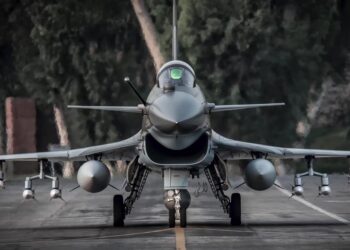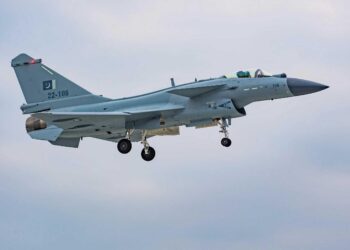Rand Corporation, Frequent troop deployments to Iraq and Afghanistan have stretched the U.S. Army so thin that many active-duty combat units are spending more than one of every two years on foreign battlefields, leaving few brigades ready to respond to crises elsewhere, according to a RAND Corporation report issued today.
If the heavy demands continue for overseas rotations, “serious problems” in active unit readiness could arise, the study says. When soldiers have little time at home they have less time to develop new war-fighting capability or to stand ready for military contingencies that may require rapid response. In addition, extended deployments reduce the quality of life for soldiers and their families, threatening Army recruiting and retention.
“The challenge the Army faces is profound,” said Lynn Davis, a senior RAND analyst and lead author of the report. “Any approach is fraught with risks and uncertainties, along with significant costs and some possible changes in the Army's long-term goals. The nation will need to decide what military capabilities the Army should have and what risks may be prudent to assume.”
The study says there is “no quick fix or straightforward solution in sight” to ease the growing stress on soldiers from frequent rotations. It says long-term options for improving the situation include relying more on the Army National Guard or expanding the number of Army combat brigades. These are units made up of about 3,500 soldiers
The report, titled “Stretched Thin: Army Forces for Sustained Operations,” was produced by the RAND Corporation's Arroyo Center, the U.S. Army's federally-funded research institute.
Army guidelines call for its active troops to have two years at home for every year deployed in combat. But if the demand for troops continues at current levels, regular Army combat units will have only about one year at home before being deployed again, according to the RAND report.
Plans underway to transform the Army into a larger number of more mobile brigades will improve the situation somewhat, but problems will remain with high levels of overseas requirements.
The report highlights several approaches that could be used to address at least some of the issues created by increased demand for Army units. These options include:
–Increasing the use of brigades from the National Guard, even though the Army already is having recruiting problems. This could be done by mobilizing Guardsmen more frequently than one year out of every six.
–Using heavy and light active and reserve forces interchangeably to meet overseas rotation requirements. This would pose operational risks, and it would require an investment in additional training and equipment to make Guard units as capable and ready as active troops.
–Expanding the number of brigades with medium to heavy-duty armaments in the active or reserve forces, at a cost of billions of dollars in startup and annual operating costs.
These approaches will require the United States to confront very difficult tradeoffs, and perhaps to take on commitments for large investments in Army structure or readiness, according to the researchers.
The RAND Arroyo Center provides objective analytic research on major policy concerns to leadership of the U.S. Army, with an emphasis on mid- to long-term policy issues intended to improve effectiveness and efficiency. The Arroyo Center also provides the Army with short-term assistance on urgent problems and acts as a catalyst for needed change.
The RAND Corporation is a nonprofit research organization providing objective analysis and effective solutions that address the challenges facing the public and private sectors around the world.
Click here to read the report, on the Rand Corporation website (125 pages in PDF format)
Trump announces ‘full and immediate’ India-Pakistan ceasefire
US President Donald Trump on Saturday announced a ceasefire agreement between India and Pakistan after days of deadly jet fighter,...









